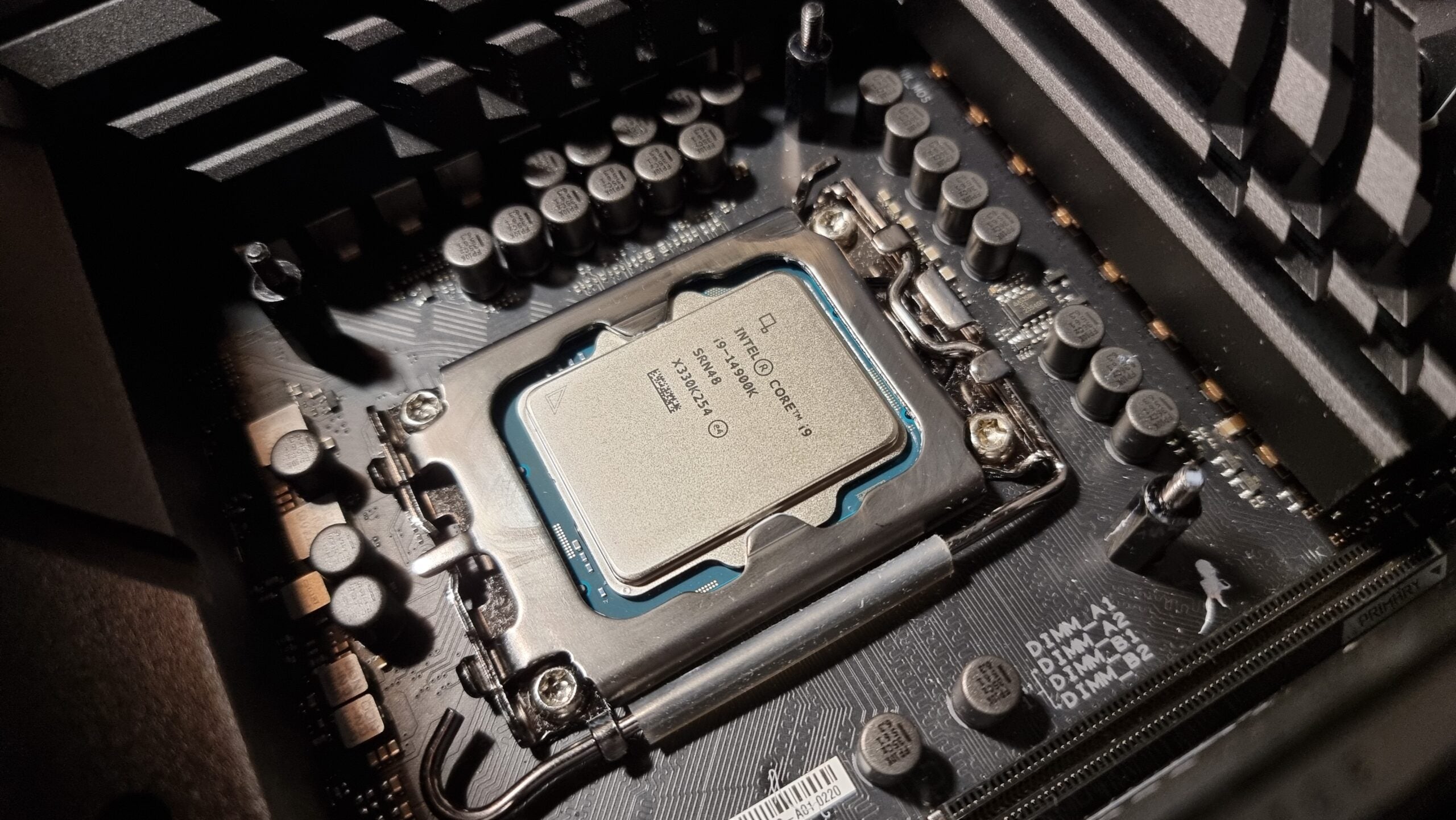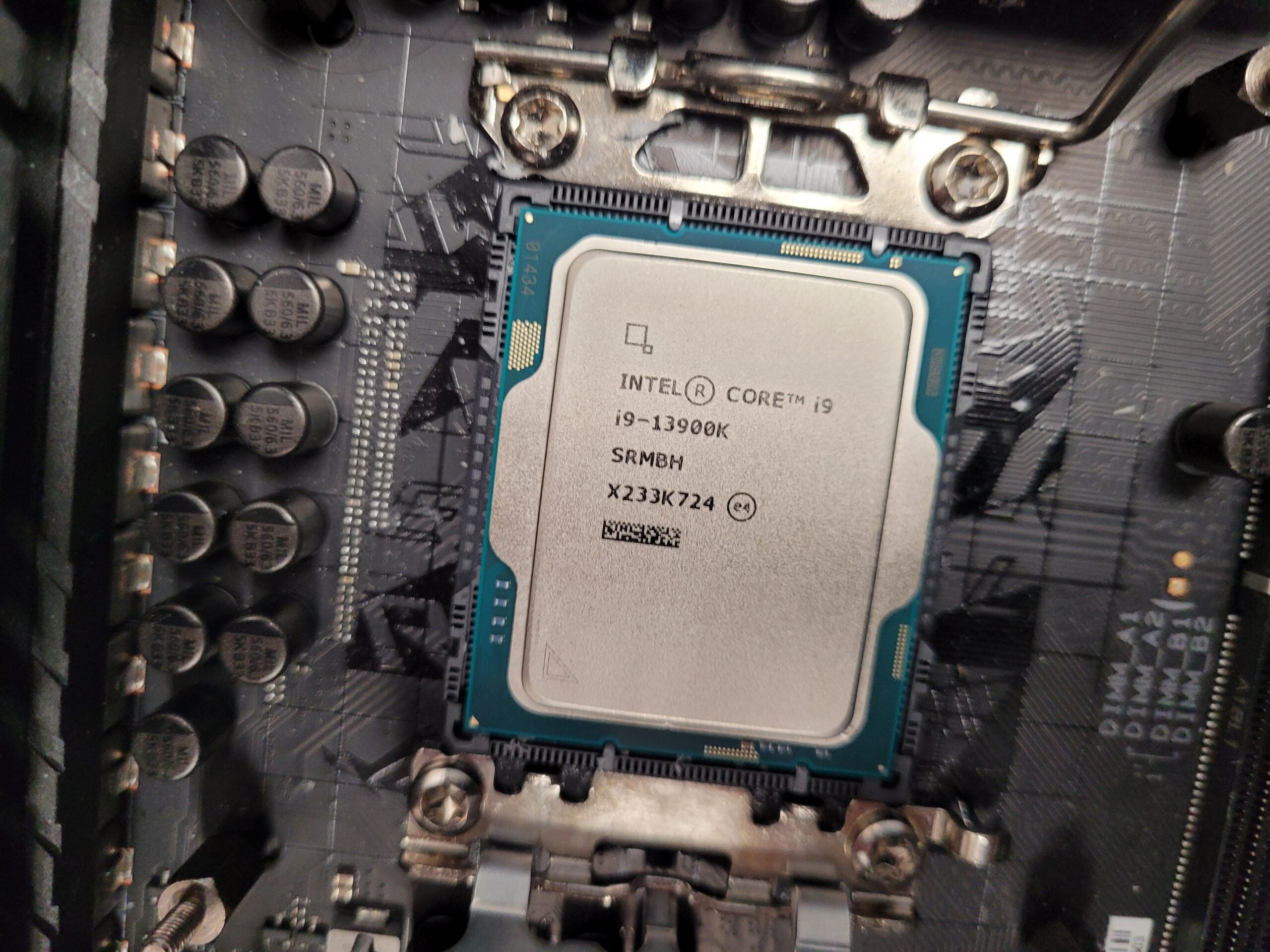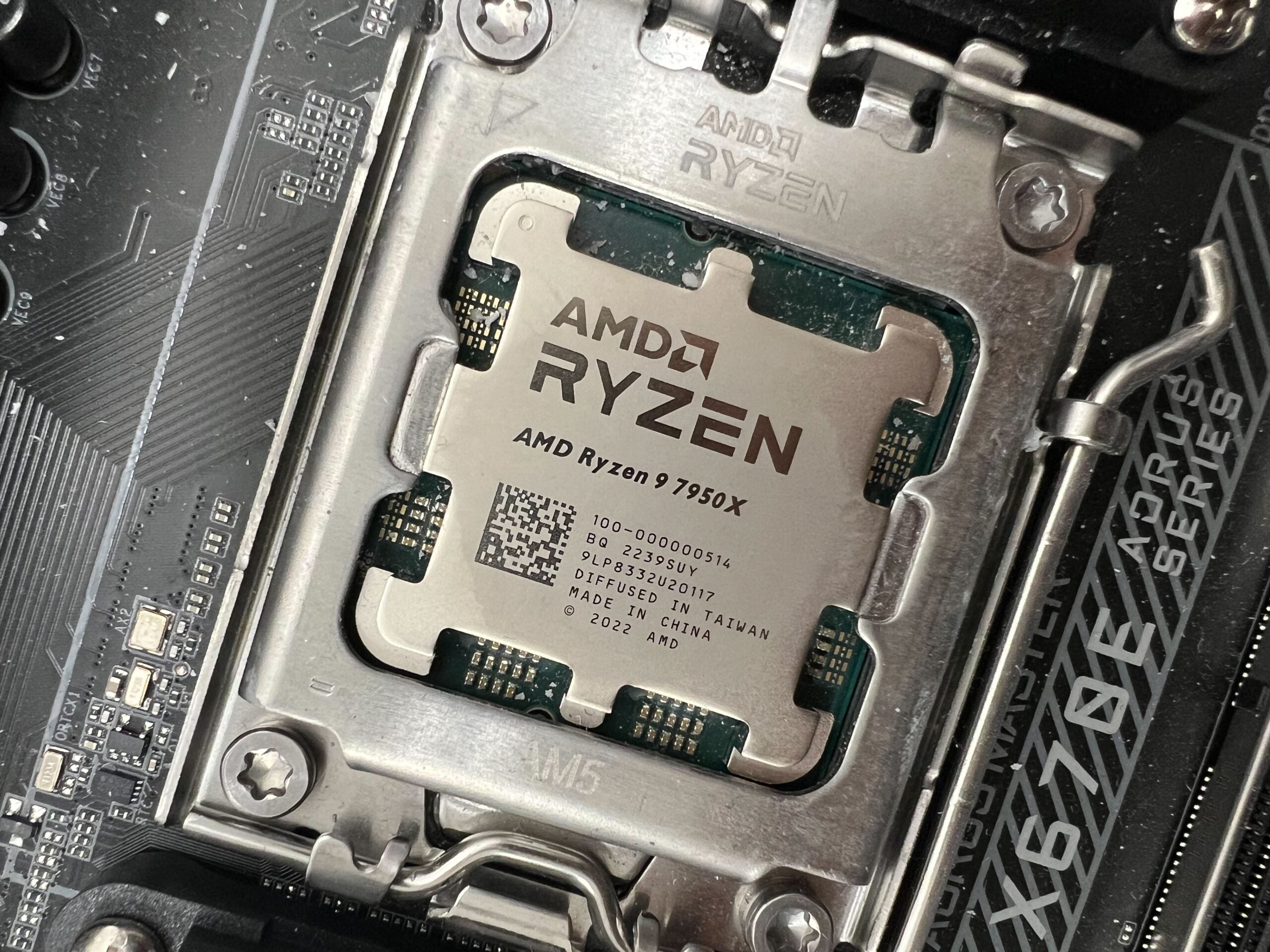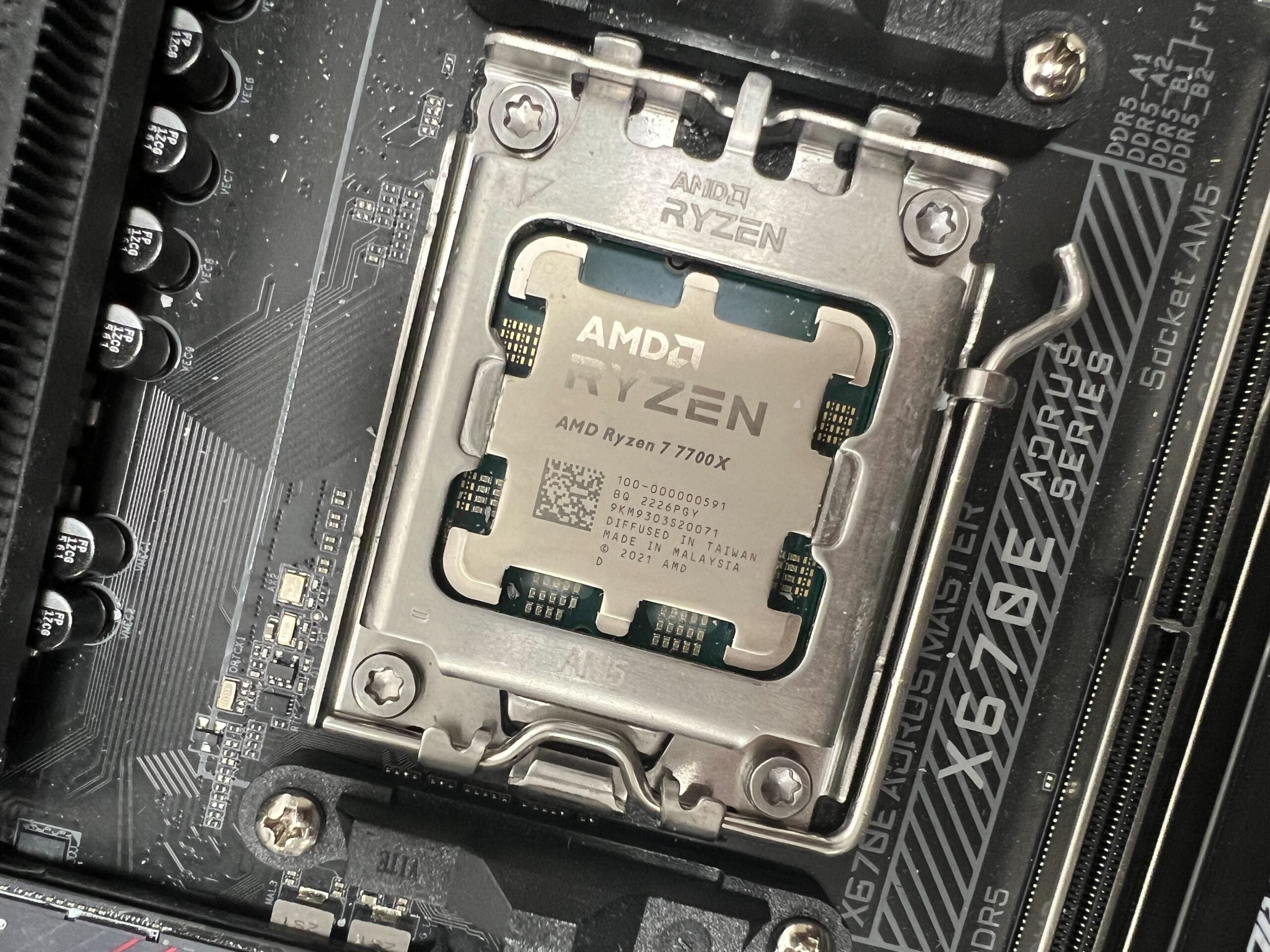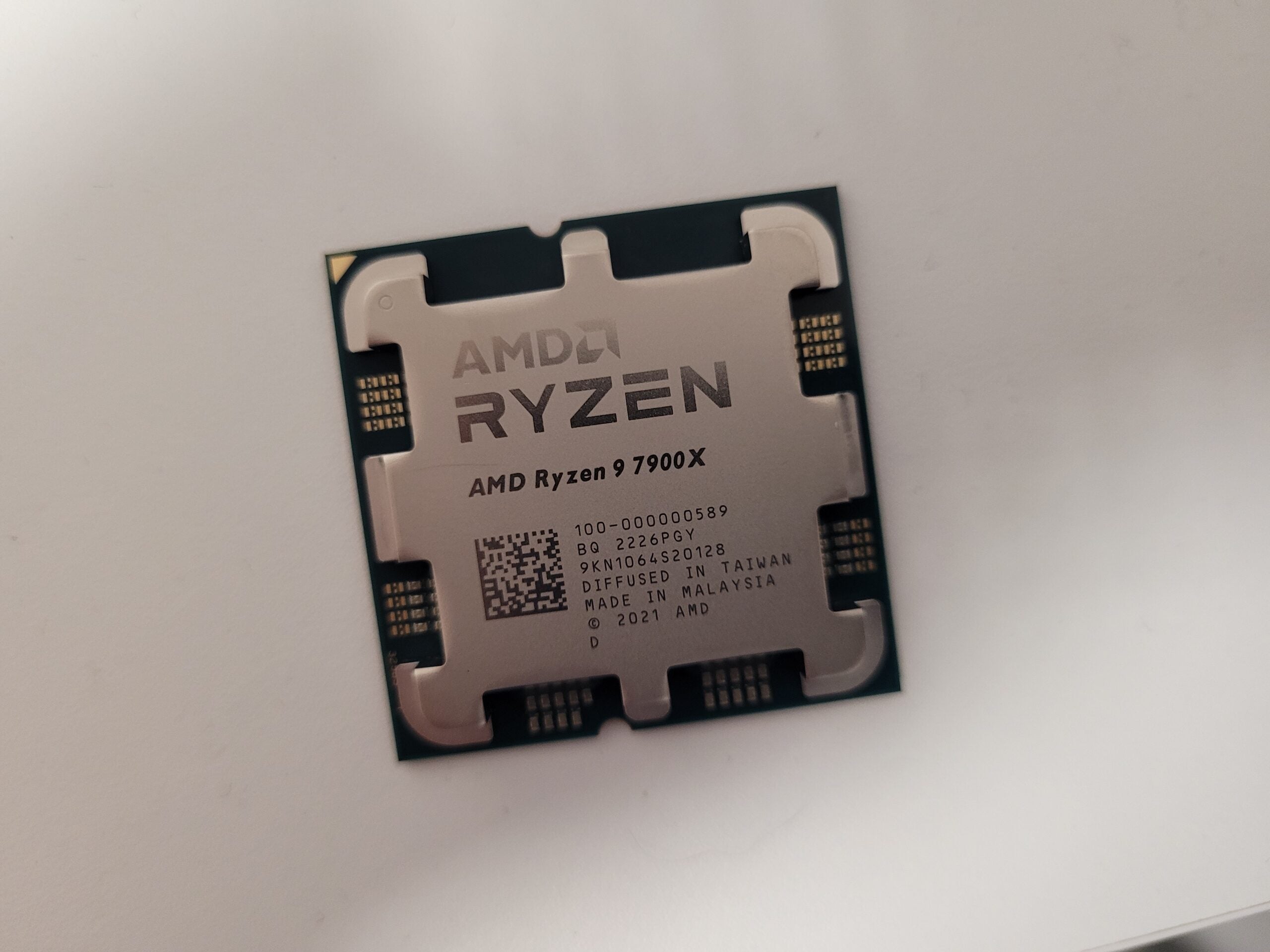AMD Ryzen 9 7950X3D Review
Team Red’s top-tier gaming processor

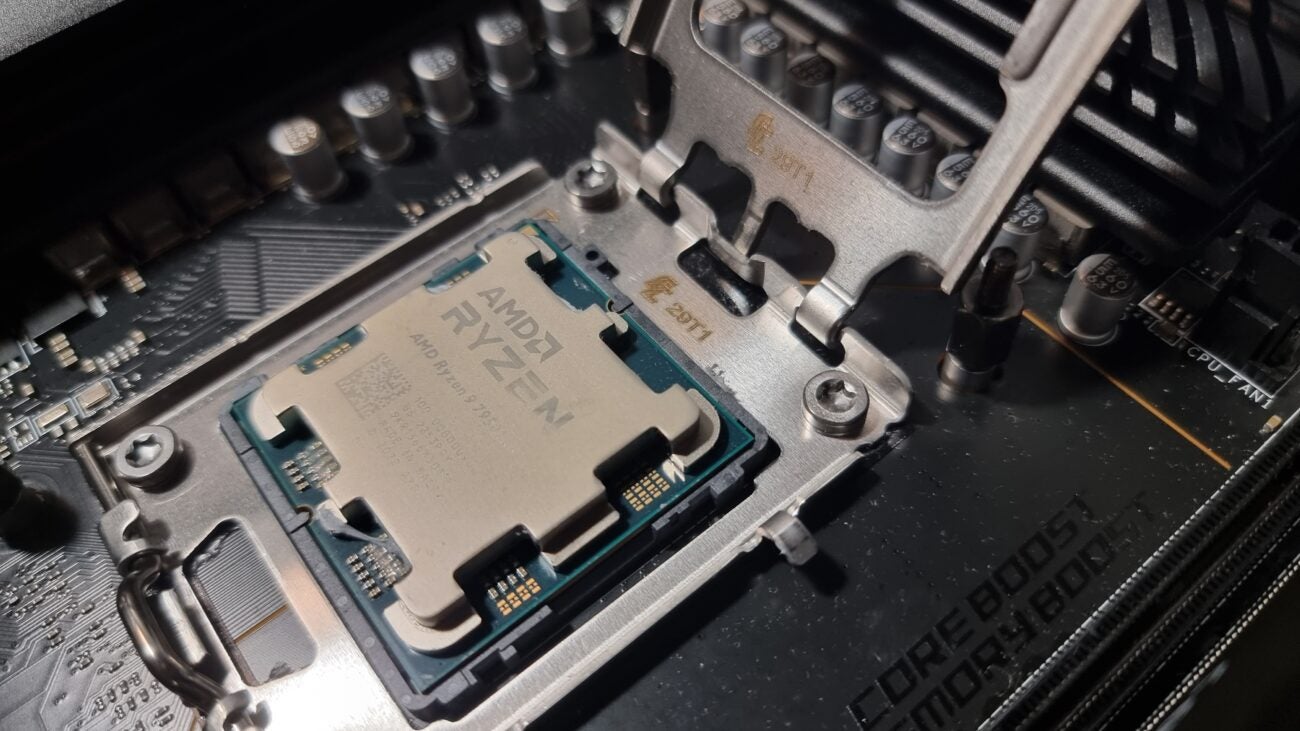

Verdict
Although AMD’s 3D V-Cache represents a significant boost in certain titles, the compromise to multi-threaded, professional workloads is definitely felt here. If you’re solely after a gaming processor, primed for titles that really leverage that CPU horsepower, then the AMD Ryzen 9 7950X3D is the perfect chip. But if you’re looking for the absolute best solution for both professional workloads and gaming, Intel’s Core i9-14900K, still presents the better option right now.
Pros
- Strong overall gaming performance
- Decent in multi-threaded tasks
- 3D V-cache is still a game changer
- Temps and power draw solid
Cons
- Can’t quite keep up in pro workloads
- Not all games benefit from V-cache
- No support for DDR4
Key Features
- Zen 4 Architecture EnhancedAMD’s X3D chips are all based off of the incredibly potent Zen 4 5nm architecture, and pack in some seriously punchy performance, particularly when paired with V-cache.
- 3D V-CacheTeam Red has attached a larger memory chip to the top of the processor, giving certain games access to much more low-latency for improved frame rates.
- 16 CoresAMD has packed in no less than 16 cores and 32 threads in this chiplet design. Double what its last 3XD chip series had, giving it some serious grunt in multi-threaded workloads.
Introduction
The battle for CPU dominance is certainly heating up these days, and AMD’s Ryzen 9 7950X3D is a fine example of the fight ongoing between the two processor giants.
AMD has hoped to gain an advantage by thinking outside of the box. All of the X3D series take advantage of what AMD is calling its 3D V-cache technology, with the primary focus of boosting gaming performance.
But is this new technology enough to compete with the likes of the Intel Core i9-14900K? I’ve put the AMD Ryzen 9 7950X3D to the test, so here are my thoughts.
Specs
- Massive 3D V-cache can lead to serious in-game performance boosts
- 16 cores and 32 threads allows it to punch in multi-threaded programs.
- Low power draw and temperatures are more forgiving than competition.
The AMD Ryzen 9 7950X3D is part of the X3D series, which takes advantage of what AMD is calling its 3D V-cache technology. Simply put, this is an additional SRAM chip that’s been carefully engineered onto the top of one of its core complexes on each processor. This is then allocated as additional L3 memory cache that the processor can take advantage of in certain applications, most notably for gaming.
Think of L3 cache as super-fast memory or RAM that sits directly on the processor. Due to the nature and size of the processors in question, it can never be very large. But what it lacks in capacity it makes up for in low latency. Games, and certain programs predominantly store lines of code and commands in cache on the CPU if it needs referring to quickly for the game’s logic, as it’s far faster to transfer the data between the CPU and the L3 cache, than it is between the CPU and the DRAM. So having a larger cache, means you can store more commands locally on the CPU, rather than off-loading them to your DDR5.
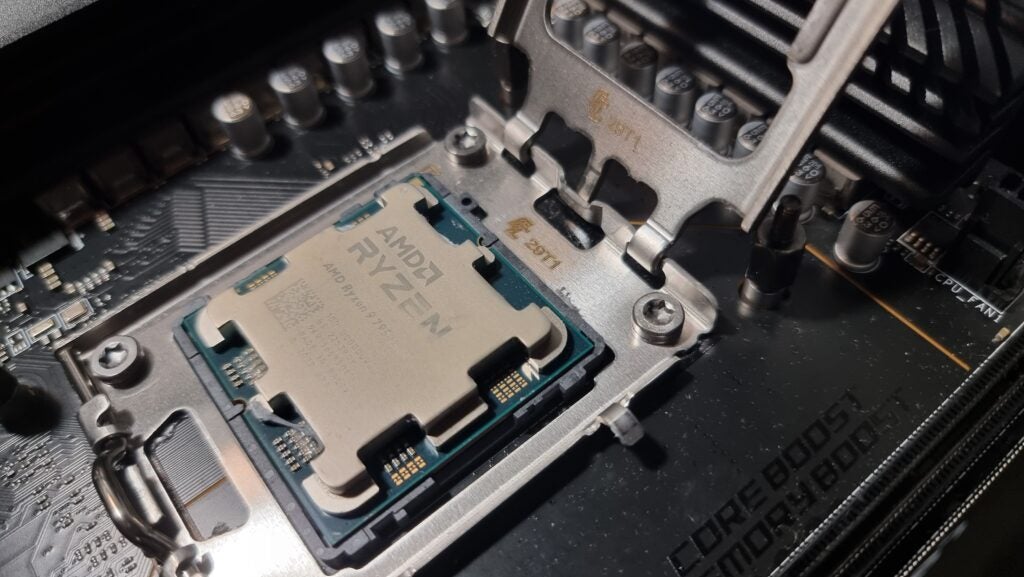
With AMD’s 3D V-cache, it’s given Team Red the opportunity to bake a colossal 128MB of L3 cache onto the processor directly (with an additional 16MB of L2 cache, and 1MB of L1 cache as well). By comparison, something like the Intel Core i9-14900K only has 32MB of total cache overall, giving the X3D chips a strategic edge in this field. As for AMD’s standard offerings, the regular 7950X only features half the L3 cache that its X3D cousin does.
There are of course caveats to that large amount of cache, and that mostly comes in the form of temperature and power-draw limitations. AMD’s Ryzen 9 7950X3D houses two core complexes in its overall design. Each complex has eight cores in them, and communicates directly with the other complex, giving you a total of 16 cores to play with (all with multi-threading for 32 threads).
This is a chiplet design that AMD has utilised since Ryzen first launched, and it allows it to scale its processors to whatever size it effectively desires, within reason. However, adding that extra SRAM chip onto the processor has required AMD to effectively stack it on top of one of those core complexes (thus the 3D moniker). That in turn increases the power required for that core-complex and also increases temperatures on that specific unit as well.
To get around this AMD has implemented some limitations onto that specific stacked core complex, reducing the clock speeds it can operate it which reduces power-draw appropriately in the process, so it doesn’t overload the chip. Whereas the other complex of 8 cores still runs at that full tilt 5.7 GHz as advertised.
Aside from the 3D V-cache, the AMD 7950X3D comes with 16 cores total with 32 threads, a base clock of 4.2 GHz, and a default TDP of 120W as well. AMD recommends an AIO for cooling as a baseline unit.
It also supports PCIe 5.0 straight out of the gate and also has support for DDR5 too. Sadly, unlike its Intel competition, it does lack DDR4 support, however. Although, given Ryzen’s penchant for high-speed memory, this is somewhat unsurprising.
Test Setup
I’ve been testing the AMD Ryzen 9 7950X3D for the last few weeks, putting it through its paces through everything from synthetic multi-threaded workloads to gaming benchmarks and everything in between. I’ve also chosen a selection of processors from both Intel and AMD to use as comparison points for this little beauty as well.
To make sure our results were relevant and we had as few inconsistencies as possible, we picked a pretty stellar test bed and tried to keep the components as close to identical wherever we could. This way, no one component will overly impact the results, and it’s all down to the processors to prove their worth.
You can find the full spec list below:
- Intel Motherboard: ASUS ROG Maximus Z790 Dark Hero
- AMD Motherboard: MSI MAG X670E Tomahawk WiFi
- GPU: Gigabyte GeForce RTX 4080 16GB Aero OC
- RAM: 32GB (2x16GB) Corsair Dominator Titanium DDR5 @ 7200
- Cooler: Corsair iCUE Link H150i LCD Liquid CPU Cooler
- PSU: 1200W Corsair RMx Shift 80+ Gold PSU
- SSD: 1TB Adata Legend 960 Max PCIe 4.0 SSD
- Case: Hyte Y70 Touch
For synthetic benchmarks I’ve tested the 7950X3D on GeekBench 6.2.1, CineBench R23 and PCMark 10. Alongside that I’ve also taken advantage of a number of 3DMark runs as well. I’ve also tested the chip across seven games total, all at 1080p with the ultra graphics preset enabled.
1080p and resolutions lower than that are typically where you’ll see the biggest difference when it comes to CPU gaming performance. The higher the resolution, the more workload is offset to the graphics card instead, as it has to render more frames at higher resolutions with bigger, more detailed textures, and naturally frame rates drop because of it.
There are some caveats to that. Games with a large number of single moving entities, and complex physics interactions will likely eat up more CPU load at 4K than others, but those are very rare, and almost all modern processors, from the Core i5 and Ryzen 5 upwards, should be more than capable of handling that load at 4K.
Additionally, I’ve also added some graphs looking at the price to performance factors of all of our test chips in question. This is looking at how many points in CineBench you’ll get per $ spent for the recommended retail price of each chip, and likewise how many frames each processor nets per $ on average (across those seven titles). This will give you a solid idea of which processor offers the best value comparatively to one another. Yes, you might get the “best” performance from the 7950X3D or the 14900K, but alternatively, the best value will most likely be on a lower-end processor such as the 7600X or 14600K.
Performance
- Offers similar levels of performance to Intel Core i9-14900K
- Not as good as Intel at multi-threaded workloads
- Gaming performance is reliant on support for V-cache
I’m going to be using the Intel Core i9-14900K as my reference point when talking about the 7950X3D’s performance over the next few paragraphs, as, from a price perspective it still represents the closest competitor for Team Red’s flagship CPU here.
All-in-all, the AMD Ryzen 7950X3D is a bit of a monster across our testing this time around. You can see quite clearly that it puts out some incredibly impressive numbers across a number of our synthetic benchmarks, with some particular standouts being PC Mark 10’s extended benchmark, and some of the 3D Mark solutions as well. It was the first chip we’ve had in to crack PC Mark 10’s 14K score mark, beating Intel’s 14900K marginally, and demolished that same chip in Fire Strike as well, clocking nearly 2,000 points more than its blue rival.
The story went on, with the two processors basically trading blows across several titles. Intel’s 14900K does have the advantage however in single-core and multi-threaded specialist applications. CineBench R23 is a prime example of that, with the chip demolishing the 7950X3D in both single and multi-core testing, and likewise in GeekBench as well.
If you’re after the absolute best of the best multi-threaded processor at time of writing, sadly the 7950X3D still doesn’t quite cut the mustard comparatively to Intel’s 14900K, in fact the standard 7950X is far closer. And with Intel’s APO (Application Optimization) tech now live and finding its feet, that’s a gulf that may only expand moving forward.
Sadly in game, not many of our titles seem to be capable of taking advantage of the 7950X3D’s V-cache, that we spoke about earlier. This is something you’ll likely see across a number of reviews out there right now, as it’s very game dependent, and reliant on the devs and game-type really taking advantage of that L3 cache.
When those titles do, you can easily see frame rates jump up by up to 20-30% in some cases, but again, this is on a game-by-game basis, rather than being a catch-all solution. Your mileage may vary. It’s still impressive when it happens, but sadly our testing suite doesn’t quite show that.
Power Consumption & Temperature
- One of the most efficient CPUs out there
- Incredibly low idle power draw
- Max temp topped out under 89 C
Undeniably, AMD absolutely demolishes the competition when it comes to efficiency. Intel may be winning on the performance front across our test suite, but AMD’s pure performance per watt is nothing to be sniffed at. Overall, there’s less than 6% difference between these two chips when it comes to gaming, yet the power draw difference between the two is a staggering 29%.
Couple that with a comfortable max load temp of 89 C in our testing scenario and the Ryzen 9 7950X3D is perhaps one of the coolest chips around. This is no doubt in part due to that larger L3 cache, requiring half of the chip to operate at a lower temperature and needing less power draw overall than what you’d typically find on the full-fledged 7950X version.
But the fact AMD has engineered this while increasing gaming performance compared to the stock 7950X, without massively losing multi-threaded performance in the process is pretty impressive.
At its stock retail price of $699 it does make the 7950X3D a bit of a mixed bag when it comes to the value proposition. The index for gaming places it at just 0.295 frames per $ spent compared to Intel’s 0.371, and in multi-threaded tasks it clocks 46.91 versus the 14900K’s 61.91. That said, that is utilising the initial RRP launch price, and AMD has since dropped the processor’s retail cost down to $599, to keep it competitive with Intel.
Drop that into our formula, and the index quickly changes to 0.344 fps per $ and 54.74 respectively, making it a far tighter affair than what you’d find with Intel’s 14th gen. Now you do of course lose out on DDR4 support (although DDR5 right now is incredibly cheap anyway), and AMD motherboards do seem to be somewhat pricier than their Intel counterparts. But, if you are set on team AMD, you can rest assured that this is still a decent value proposition. Although not quite as competitive as the Intel Core i5-14600K or Ryzen 5 7600X.
Latest deals
Should you buy it?
You want an incredibly potent gaming processor
In the right title, the 7950X3D is an absolute titan, in everything else, it’s pretty darn good too. It manages all that while staying incredibly cool, and not pulling too much juice from the wall either, and still smashes multi-threaded applications as well.
You want the very best processor right now
Intel still holds the crown for now, although that’s not unsurprising given the recent launch of the 14th gen, and it’s arguably over-tuned 14900K. Additionally, with 2024 right around the corner, AMD’s 8th gen might not be far away, so it could be worth holding out until then.
Final Thoughts
AMD’s Ryzen 9 7950X3D is a curious thing. Its 3D V-cache and the engineering required to pull that off is nothing short of incredible. In certain titles, it absolutely demolishes the competition, and it’s not far off elsewhere either.
Couple that with impressive multi-threaded performance, and some stellar power draw and temperature figures, and it’s one of the best CPUs around. You’ll be more than happy to drop the cash on this sweet little number.
But if you want the absolute best performance possible from a processor, then the Intel Core i9-14900K takes the crown.
How we test
When reviewing processors it’s important to keep your test-bed consistent. We test a number of processors for each CPU generation launch, using similar or identical components wherever possible.
As for the tests themselves we use a mix of both in-game benchmark tools and synthetic benchmarks to determine performance, and also consider additional features, pricing and niche use-case scenarios to accurately score each product.
Use the same components where possible for fair testing.
Use both synthetic and in-game benchmarks for testing
Test both CPU temperature and power consumption.
FAQs
Yes, but it doesn’t support DDR4 unlike Intel’s most recent processors. However, DDR5 is now very affordable.
Right now, we can’t confirm that, but it is likely given AMD’s history of compatibility support.
No, as long as your system isn’t drawing more watts than your PSU can provide you will be fine.

